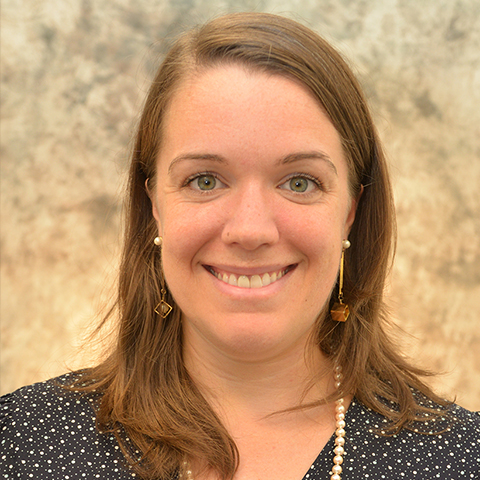By Brandyn F. Churchill
Colleen Carey is an Assistant Professor of Economics and Public Policy at Cornell University. She is also a co-editor of the American Journal of Health Economics and recently spoke with Brandyn Churchill to offer a behind-the-scenes look at the publication process.
- Has serving as an editor changed your views on the peer-review process? If so, how?
I’ve come to appreciate the necessary balance of both depth and breadth in scholarship. Depth is a must for referees, and I send papers to referees who are deeply knowledgeable about the topic. Depth means that referees know the strengths and weaknesses of the datasets, as well as the relevant institutions. Breadth, however, is also crucial for appreciating the overall incremental contribution of a paper. The papers that we are considering for our journal are on diverse topics; how do we compare the contributions of papers on markets for health insurance vs. provider behavior vs. individuals’ choice of health behaviors? Since papers are so different it actually takes a broad perspective on health economics to understand which paper is moving the literature forward most effectively.
- A lot of us probably don’t fully appreciate how much work goes on behind the scenes once we click submit. How many papers do you handle each month? What does the weekly time commitment look like?
Our journal is very small (~20 articles per year) so we actually do a lot of rejection without review (“desk rejection”). Honestly, we are desk rejecting a fair number of good papers that make real contributions. But referee time is scarce and so I try to use it judiciously. In a typical month, I expect I handle about eight papers: five new submissions, two papers that are back with referee reports (and need a first-round decision), and likely one that is somewhere in the revisions stage and needs to be reread for a second-round decision. I estimate I am spending about five hours per week on editing.
- What makes for a good referee report? Are there common mistakes that you see reviewers making?
Sometimes, reviewers don’t take advantage of the confidential letter to the editor to really give their overall evaluation of the paper. Even if the report itself has a lot of detail, sometimes I am unsure whether the issues are fixable or fatal. I really want referees to use their deep knowledge of this particular question to help me gauge the overall contribution. And by all means, if you really like the paper, please convince me of its contribution. The detail in the report is always helpful to the authors who are seeking to improve their paper, but your overall opinion is actually more important to my decision-making.
- Relatedly, what makes for a successful resubmission? Have you noticed any common errors that authors make when responding to reviewers?
The most common mistake here is insufficient editing. If the reviewers ask for a change, that change may in turn require other changes to the writing so that the paper still flows well. Over and above that, you should be yourself getting a stronger and stronger sense of your paper’s strengths and weaknesses. All this needs to be reflected in the Introduction, which may require more than superficial editing.
- Are there any other things that you wish people knew about serving as an editor or the publication process?
A great publication requires both great research and great writing. As the researcher, it can be hard to give the writing the focus it deserves. Hiring a professional editor will help you focus exclusively on writing; communicating with a non-expert improves your ability to deliver the message to your expert audience and they are also very helpful in organizing your argument.

